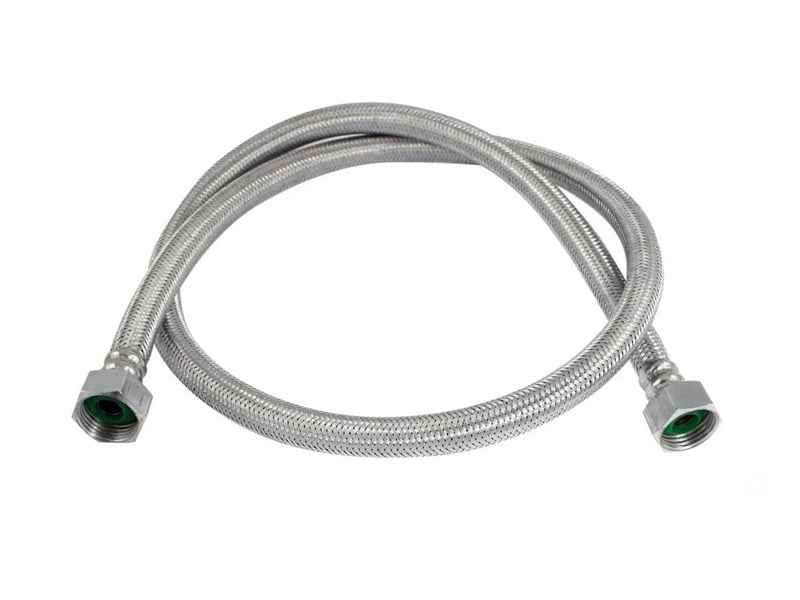2. Cutting: Stainless steel coils or sheets are cut into the desired hose lengths.
3. Tube Forming: Cut steel sheets or coils are bent and welded in special machines to give them a tubular shape. This process ensures the flexibility of the hose.
4. Inner Wall Coating (Optional): For the protection of the inner wall or specific applications, the inner part can be coated. This is done to maintain the quality of the liquid or gas being transported.
5. Outer Surface Coating (Optional): The outer surface can be coated for protection against external factors or for visual purposes.
6. Final Cutting and Processing: Hoses are cut to the desired length, and their ends are shaped. The ends are prepared for fittings or assemblies.
7. Testing: The manufactured stainless flexible hoses undergo quality control tests, including leakage testing, pressure resistance, and other quality checks.
8. Packaging and Shipment: Hoses that pass quality approval are appropriately packaged and stored before being shipped to customers or consumers.
The production of stainless flexible hoses can be customized to meet specific needs and different hose specifications for various industries. The production process may vary depending on specific application requirements and may sometimes involve custom manufacturing to meet unique demands. Therefore, stainless flexible hoses can be a product that requires special design and manufacturing requirements.
